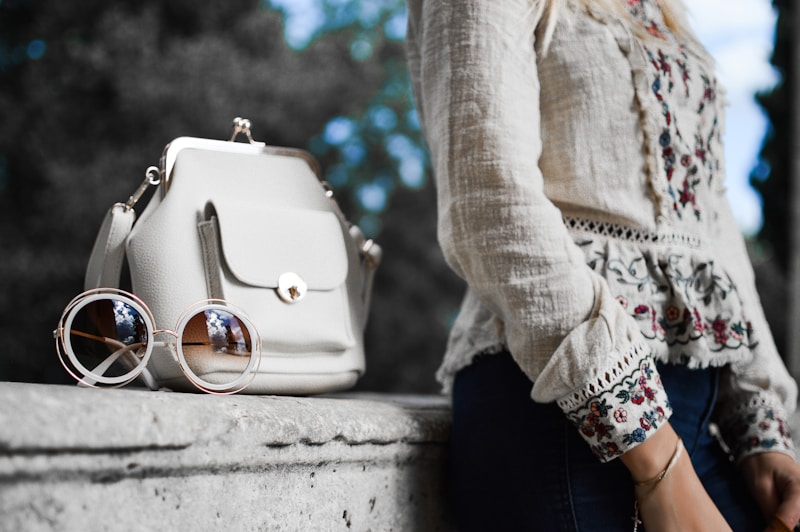Cultural Influences in Bridal Fashion Choices: A Global Perspective
Bridal fashion is a vibrant blend of tradition, culture, and personal taste. As we explore the cultural influences that shape bridal fashion choices, we uncover how global phenomena impact local traditions and preferences. In this article, we will delve into various bridal styles around the world, examining the rich tapestry of influences that make each wedding unique.
The Importance of Cultural Context in Bridal Fashion
Bridal fashion reflects deeper cultural significance and social practices. The choices brides make regarding their attire often reveal insights into their heritage, family customs, and the broader societal values in play. This article will cover significant cultural influences in bridal fashion choices, providing examples from various regions and traditions.
1. Regional Variations in Bridal Attire
Different cultures bring their unique flair to bridal fashion. What one culture may deem essential, another may regard as less significant. Let’s explore some notable regional differences:
| Region | Common Bridal Attire | Cultural Significance |
| South Asia | Lehengas and Sarees | Rich in color and adorned with intricate embroidery, representing dignity and grace. |
| East Asia | Qipao and Kimono | Traditional garments often signify familial ties and honor. |
| Western Countries | White Wedding Dresses | The color white symbolizes purity, a custom popularized in the Victorian era. |
| Middle East | Kaftans and Hijabs | Reflects cultural heritage and modesty, often embellished with luxurious fabrics. |
2. Colors and Their Cultural Implications
Colors play a fundamental role in bridal fashion across cultures. Different colors convey various meanings, influencing brides' choices:
Red in South Asian Weddings
In South Asia, the color red is powerful and symbolizes auspiciousness. Brides often wear red lehengas or sarees, embellished with gold, to signify prosperity and fertility.
White in Western Weddings
Historically, the white wedding dress became popular after Queen Victoria wore a white gown in 1840. It symbolizes purity and new beginnings, forming a standard for many Western brides today.
Black in African Traditions
In many African cultures, black represents maturity and sophistication. A bride may wear black as a statement of elegance, challenging conventional norms often associated with bridal wear.
3. Traditional Versus Contemporary Choices
As globalization and modern trends continue to influence bridal fashion, many brides opt for a mix of traditional and contemporary styles. For instance:
Fusion of Styles
Brides in countries like India often incorporate Western styles into traditional attire by wearing a fusion outfit for the reception, such as a gown made with Indian fabrics.
Embracing Simple Elegance
Many Western brides are now shifting from elaborate gowns to simple, minimalist designs, reflecting a desire for practicality without sacrificing aesthetic appeal.

4. Influences of Popular Culture
Media, celebrity culture, and social platforms significantly influence bridal fashion choices. Brides often look to their favorite celebrities for inspiration:
Celebrity Weddings
Weddings of celebrities like Kate Middleton and Meghan Markle have defined bridal trends in recent years. Their dress choices created ripples in the fashion world, inspiring thousands of brides globally to adopt similar styles.
Social Media Trends
Platforms like Instagram and Pinterest allow brides to share and discover unique bridal ideas, leading to rising trends such as boho-chic and vintage styles. This democratization of fashion enables diverse expressions of individual style.
5. Importance of Customization
Brides are increasingly inclined towards personalized experiences, leading to a rise in custom bridal fashion:
Tailored Apparel
Many brides now opt for custom bridal gowns tailored to their specifications. This offers an element of uniqueness and allows for the incorporation of cultural details significant to the bride's heritage.
DIY Trends
The do-it-yourself movement has also permeated bridal fashion, with many brides crafting their accessories or even dresses, reflecting personal stories and styles.
Conclusion
Cultural influences in bridal fashion choices are as diverse as the brides themselves. Understanding these influences allows us to appreciate the distinct narratives each bridal outfit represents. Whether it’s through the choice of colors, styles, or fusion designs, brides today are making deliberate choices that reflect their heritage, individuality, and modern influences. As you prepare for your wedding, consider how your cultural background and personal style can inform your bridal fashion choices, ensuring your attire resonates with your unique story.
Suggestions for Future Brides
- Research your heritage: Understanding the traditional attire of your background can spark ideas for your bridal look.
- Seek modern inspiration: Explore current bridal trends on social media while keeping your personal taste in mind.
- Emphasize Comfort: Choose a style that not only looks good but feels comfortable throughout your special day.
- Consider Custom Options: A tailored outfit can incorporate unique elements that reflect your personal story or familial ties.
By merging cultural significance with personal preferences, brides can ensure their attire is not only aesthetically pleasing but also deeply meaningful. Embrace the journey of selecting your bridal fashion, and remember to cherish the moments that make your wedding uniquely yours.